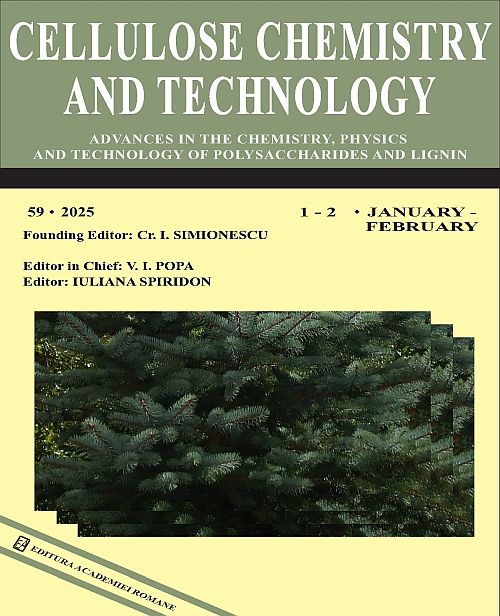|
Title
Optimization of continuous ethanol production from spent black tea hydrolysate using immobilised Escherichia coli KO11
Authors
MEHMET KALENDER and HAMDI SONER ALTUNDOĞAN
Received
January 10, 2025
Published
Volume 59 Issue 5-6 May-June
Keywords
continuous bioethanol production, spent black tea, acidic and enzymatic hydrolysis, immobilised E. coli
KO11, optimization
Abstract
Spent black tea waste (SBTW) was subjected to acid and then enzymatic hydrolyses. Fermentation experiments were
carried out in a continuous fermentation system (CFS) and were optimized by RSM. Independent variables in RSM were
as follows: reduced sugar concentration, flow rate, temperature, and immobilised cell fill ratio. The response variable
was bioethanol yield. The SBTW hydrolysate was composed of fermentable sugars, such as glucose, xylose, galactose,
and arabinose. It was determined that the significant single parameters in the developed model were reduced sugar
concentration and flow rate. A bioethanol yield above 90% was achieved at the optimal point and this yield value
continued steadily for 192 h. The dilution rate, hydraulic retention time, productivity, CO2%, and pH range at the optimal
point were 0.300 h-1, 3.333 h, 41.698 g/L day, 81.40%, and 5.81-6.5, respectively. The outer surface of the beads, with
an average diameter of 1.871 mm, was smooth, and the E. coli KO11 cells on the inner surface of the beads were rod
shaped, as typical of these bacteria.
Link
https://doi.org/10.35812/CelluloseChemTechnol.2025.59.41
|



